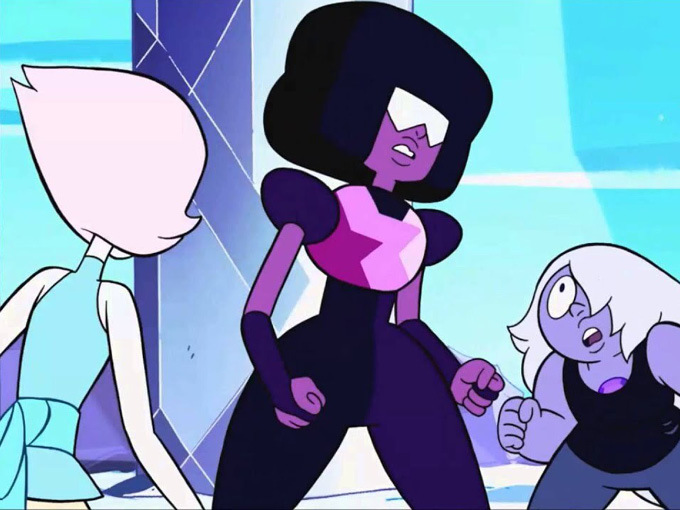While WarnerMedia has made progress when it comes to racial, gender and LGBTQ+ equality both on and off screen, there’s still lots of work to be done, said CEO Jason Kilar in a release.
According to WarnerMedia’s “The Power of Stories” report on its 2020 equity and inclusion efforts, 54% of all lead characters in development at Cartoon Network are female, with Warner Bros. Animation hitting roughly the same mark at 52%.
Current on-screen gender representation in WarnerMedia’s animated content was not included in the report, and the company hasn’t provided information about how many of these characters have moved beyond the development stage.
It did note that in a wider view of all kids television, approximately 41% of characters currently on screen are female. And the company is committed to reaching true gender parity in its own content. Beyond animation, the report has found that 36% of WarnerMedia’s scripted series prominently feature female characters, which is up by 2% from 2019.
Cartoon Network has aired 19 shows with LGBTQ+ characters, including Steven Universe (pictured) and Adventure Time.
And BIPOC representation across all of the company’s scripted content has increased by 5% since 2019, with 29% of all characters portrayed by people of color.
Behind the camera, 28% of talent for scripted series were women (up 5%), and 29% were people of color (up 6%).
WarnerMedia’s global workforce is comprised of 54% men and 46% women, which is unchanged from its 2018 data (the most recent comparison available). Men were most likely to be in senior leadership and management positions at 54%, and promotions and hires followed a similar narrative. The report showed that 52% all hires/promotions for senior leadership positions went to female candidates, although in general, more men were promoted or hired in management (51%), non-management (56%) and the total workforce (54%).
Most of WarnerMedia’s employees are white (58%), with Black (12%), Asian American (12%), Hispanic/Latinx (11%), two or more races (3%), Native American/Native Alaskan (0.1%) and Native Hawaiian/Pacific Islander (0.3%) making up the rest of the mix. This data is similar to the company’s last review in 2018, when 61% of its total workforce was white.























